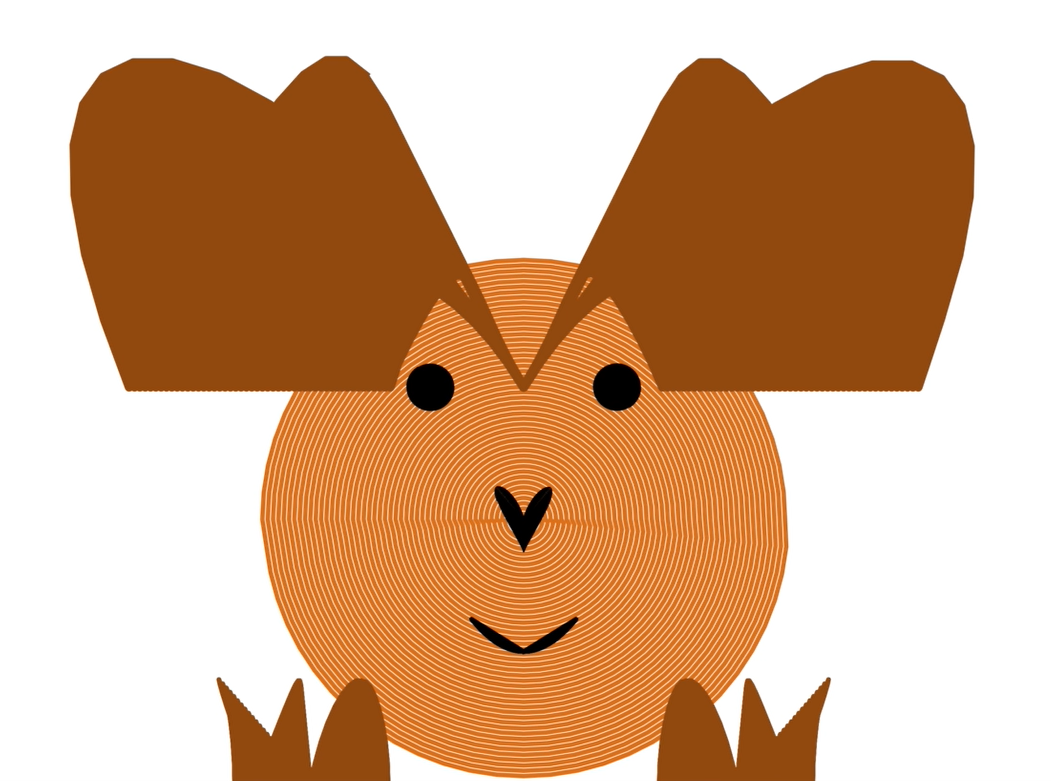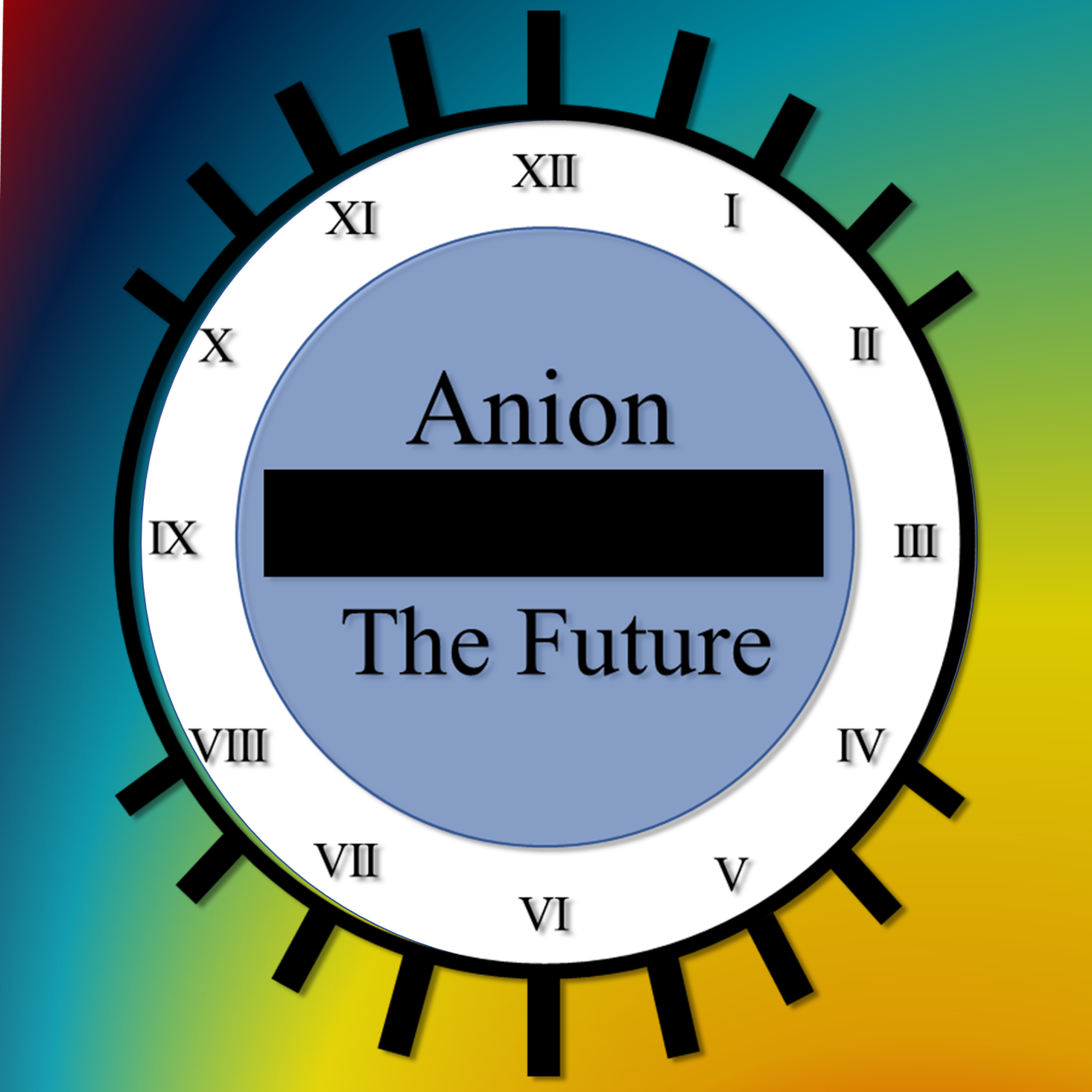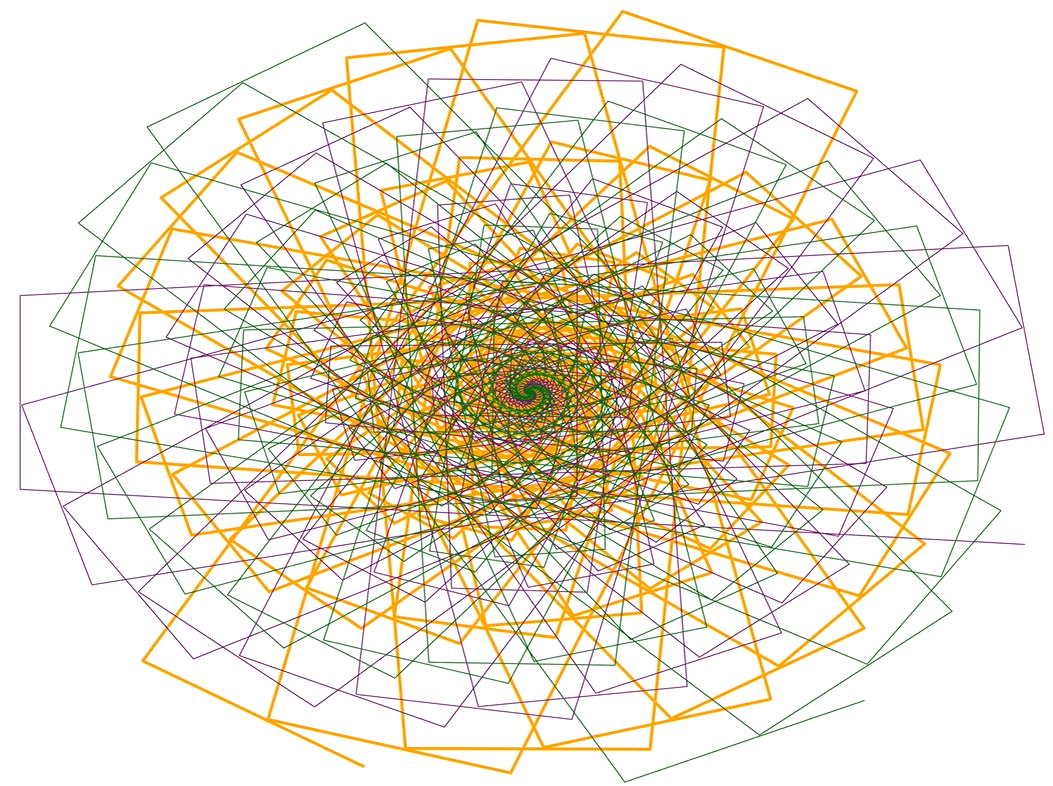I’ve found myself easily distracted as of late. Jumping on and off my phone. Scrolling social media mindlessly. A rapid succession, from one app to the next. Indecisiveness when choosing a leisure activity. Living in a state of hyperstimulation. Almost missing the privilege of boredom over the burden of infinite choice.
This perhaps came to a tipping point last night when I felt all too aware of my unsocial behaviour in the lounge room when a group of us were hanging out. I wasn’t quite present. It was enough of a self-realisation to do something about it.
I’ve been meaning to reignite my meditation habit. I’ve been suffering from a case of “but will it really make me feel any better”. Despite a great track record of it making me feel better, I somehow often manage to convince myself that it’s more effort than it’s worth. This same dilemma can appear in multiple facets of my life – exercise, diet, outdoors.
The one place I haven’t quite found that to be true, has been sleep. I know it should, and perhaps I just haven’t built the habits, but I can feel worse after 8+hrs than 5. I need to note – I’m basically always tired. I am most probably suffering from a mild form of sleep apnea due to a deviated septum and swollen turbinates. It is almost like always having a mildly blocked nose; breathing through a valve. Another way I’d describe breathing through my nose oftentimes is like this:
- Place a hand over your mouth, with no space between your fingers.
- Now let just enough air in through the gaps so you can breath, but not comfortably.
You can survive, but its not comfortable and not particularly relaxing. There is also a bit of day to day variability – similar to the different pressures that you might use with your hand in the above exercise.
Now, thankfully I can also breath through my mouth. I’m often a mouth breather. Yet, I daresay my quality of life is somewhat depleted by this and its affect on my sleep. Thankfully, I should be getting it fixed in a month and a half – so I’ll keep you posted for updates on that matter.
Anyway, that distraction to talk about sleep instead of distractions was relevant to my point about distractions. I find that when I am more tired I am also more easily distracted and less motivated. Basically every basic task feels harder.
This is where my meditation comes into play. I think the effects of poor sleep can snowball these mindless habits. However, I believe I can combat that with meditation. The act of mindfulness to sharpen the skill of focus. To ask myself, before I pick up my phone, the simple question. Why?
This simple question might be enough to realise I don’t have an answer. It was a habitual act. Yet, it doesn’t limit when there is an answer – “I need to call my parents.”, “I want to do my daily Japanese lesson.” and even “I have worked hard this morning – I have 5min still till my next meeting – I’ll see what’s going on in the news or stock market.”
I want to strive to do a meditation each day of August – I feel this is a good timestamp to get an idea as to where my heads at, so I can compare in a month. I started using the app “Waking Up” last night – so far I’m really liking it. I was previously using “Smiling Mind” – but I think I had just become too used to the 15min meditation that it was easier to tune out – and therefore felt less effective in helping guide me through a session.
Today I went orienteering. I drove the 30min there and back with no radio or music, and of course had nothing but a map for the 75min run. There is something incredibly freeing about it being just you and your thoughts. The mono-tasking felt good. I didn’t get bored in the absence of the stereo. I think I actually just found myself noticing more about my surroundings.
When I got home I had a shower and nap. Then I watch Vikings for a few episodes – I treated myself to relax. What was different to a lot of the time when I am watching TV, was I didn’t do anything else – except rehydrate. I focused on the show – and enjoyed it more. No computer. No phone. Just me, some water and the TV. Perhaps, counterproductive to limiting hyperstimulation, but I enjoyed my Sunday and taught myself a little about just enjoying what I’m doing.
Hopefully, I can write a piece in September called “Focused”. I’m looking forward to this self-experimental training block of using meditation as my “focus weights”, with “Waking Up – Sam Harris” as my coach.
Keep Anion The Future.



